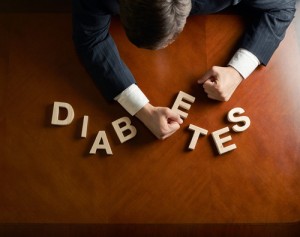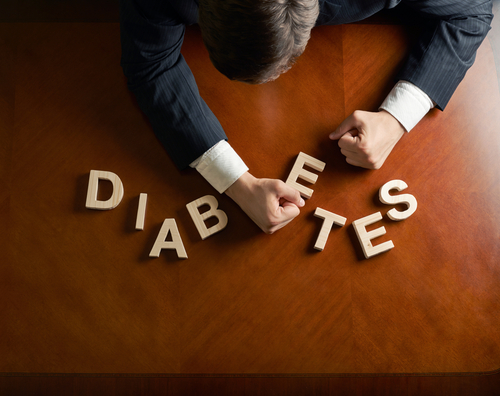 Diabetes and its economic burden in the United States continues to rise: more than $322 billion in medical costs and productivity lost ,or about $1,000 for each American is being spent, according to a recent study published in the monthly issue of Diabetes Care. In addition, more costs are being registered that are associated with pre diabetes and undiagnosed diabetes, which emphasizes the importance of early intervention and prevention.
Diabetes and its economic burden in the United States continues to rise: more than $322 billion in medical costs and productivity lost ,or about $1,000 for each American is being spent, according to a recent study published in the monthly issue of Diabetes Care. In addition, more costs are being registered that are associated with pre diabetes and undiagnosed diabetes, which emphasizes the importance of early intervention and prevention.
The new report expands on data originally published in 2010, and demonstrates the evolution of the disease prevalence over the last 4-5 years. The indirect and direct costs that result from diabetes increased 48 percent in five years; this estimate includes the financial impact from 21 million diagnosed diabetics, 8.1 million undiagnosed diabetics, 222,000 with gestational diabetes, and 86 million adults with pre-diabetes. The pre-diabetics are those with high blood sugar levels but not high enough to be diagnosed as diabetic. It is calculated that $244 billion are spent in visits to the physicians’ office, hospitals, drugs and other health conditions such as renal complications or hypertension and $78 billion in loss or reduced productivity.
The research team estimates that 27 percentage points of the 48 that increased medical costs result from the growing number of people diagnosed with diabetes in the US and 14 percent are the result of the higher average cost per diabetes case. Further studies, also published in the same issue, highlight the rise in costs regarding pre-diabetics and undiagnosed diabetics. Investigators used a previous study they conducted in 2007 and assessed that the cost of pre diabetes increased a staggering 74 percent (about $44 billion).
Timothy Dall, Director of IHS Life Sciences said in a press release: “These statistics underscore the importance of finding ways to reduce the burden of prediabetes and diabetes through better prevention and treatment. The costs, in both financial and quality of life terms, are exceptionally high and in many cases could be preventable (…) The concern remains that these are conditions for which, as a medical community, we may not have a heightened awareness or have sufficient plans to address.”
This study reveals why it is so important, clinically and financially, to identify people with pre-diabetes and the need for intervention. Changes such as losing weight, increasing physical activity, and changing diet habits can reduce risks of type 2 diabetes.
“We believe that identifying prediabetes is worthwhile from both a clinical and a public health standpoint. The need to identify those with undiagnosed diabetes is even more pressing. The crisis is worsening. The time to act is now. These data clearly should signal a call for action,” editorial writers said.


